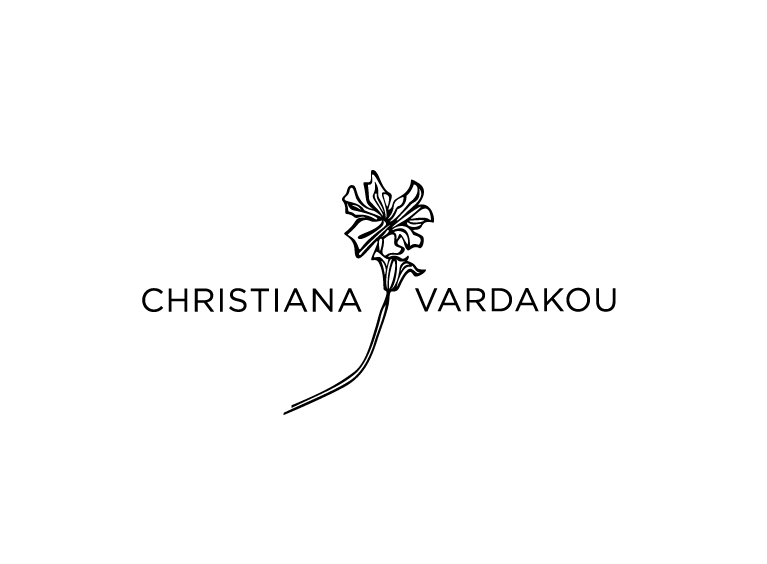We work with three looms: a back-strap loom from Thailand, a small floor loom, and a large handcrafted floor loom made locally in Athens.
Our yarns are made from organic fibers—silk, cotton, linen, wool, and hemp—all of which are dyed in-house using natural dyes. From these fibers, we weave small-scale items for the home, such as table runners, pillows, and placemats. We also accept custom orders for larger pieces like rugs, blankets, and throws. In addition, we create scarves and incorporate woven details in some of our loungewear collections.
Christiana’s passion for weaving began during her studies at Chelsea College of Arts but deepened during her travels in Asia, where she fell in love with the intricate ikat technique. This method, which involves tying sections of the thread before dyeing, creates beautiful patterns that are woven into the fabric, making each piece one-of-a-kind.









